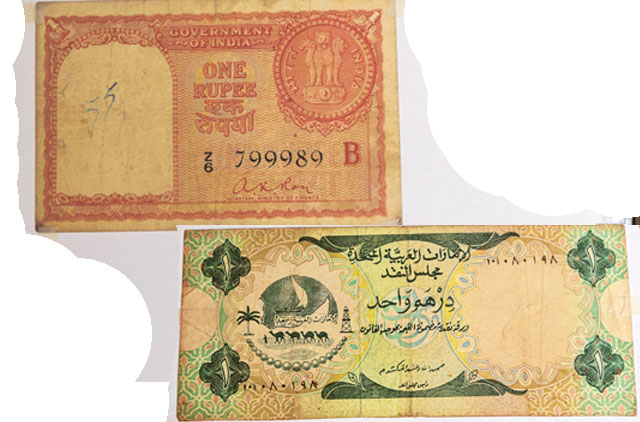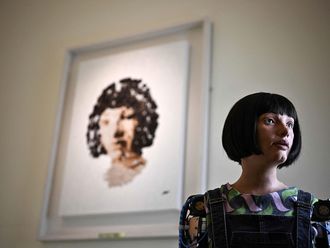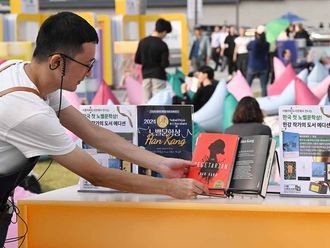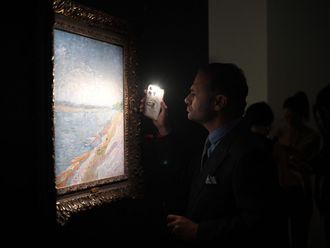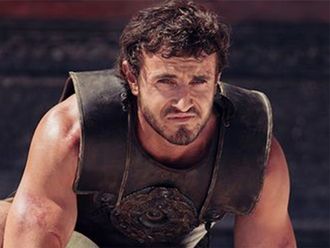
Dubai: Imagine buying an iPad with a bag of silver, or riding a cab and giving commodity money — a bag of salt or tobacco — in exchange. Inconvenient, you would think. But this was how trade was like prior to the invention of paper money.
You may not realise it, but those small notes in your wallet carry more history than you think. And this was what lured one Indian to collect not only his country's currency, but world currencies as well.
Gulf News met with Jacob Mathai, 58, a construction manager by profession, and a banknote collector by passion. He claims to have travelled to 16 countries in search of banknotes and rare coins.
"I have more than 333 paper currencies including almost all existing countries banknotes, which exclude newly-born South Sudan; short-lived countries, old colonial empires, and old famous kingdoms. I have a total of 1,400 paper currencies," the Indian expatriate from Kerala said.
Mathai said he has had this love affair with banknotes and rare coins for almost five decades now. He began collecting postal stamps and old Indian coins at age 10. At 16, when he got a Malaya-Japanese occupation dollar note, his interest in numismatics or the study or collection of coins, tokens, paper money, grew wider.
Much of his collection, however, was given as presents by his friends. They have been exhibited in UAE and the US. He has also received recognition for his collection and its "contribution to society".
International praise
Douglas Mudd, a curator at Edward C. Rochette Money Museum, the largest museum in America that is dedicated to numismatics, lauded Mathai for his extensive collection.
"Collectors all have their own themes. But what makes his collection interesting is how he has organised his paper [currencies]. He is interested in different types of money, from all the different places that issued money and what kind of money it was," he said.
Among the not-so-typical elements in Mathai's collection are the ‘hell banknotes' of China generally used as burial money during the Zhou dynasty; the smallest banknote of the world — the 10 bani from Romania — issued in 1917; and the ‘never-created-country-paper note from the Danube state (Austria), wherein the banknote was printed even before the state was created, which unfortunately didn't happen. The list goes on.
"When I was studying in high school and college, history was a tough subject for," Mathai said. "But the present historical knowledge I've gotten through my hobby is far better than that of the time of the studying."
Mathai, who plans to set a Guinness world record for his collection, is willing to share this knowledge, especially with the younger generation.
"When I was young, I thought money was an important thing in life. Now that I am old, I know that it is because an unidentified coin is a piece of metal; an identified coin is a piece of history!
Mudd agrees: "The [paper] money of a country is its calling card. It's the first thing that many people will ever see about the country. Numismatics is an important part of human history. It tells you something about the society.
"[It tells] how civilisations spread over time, how trade networks develop, how people thought of themselves by what they put on the coins and paper money on the bills."



